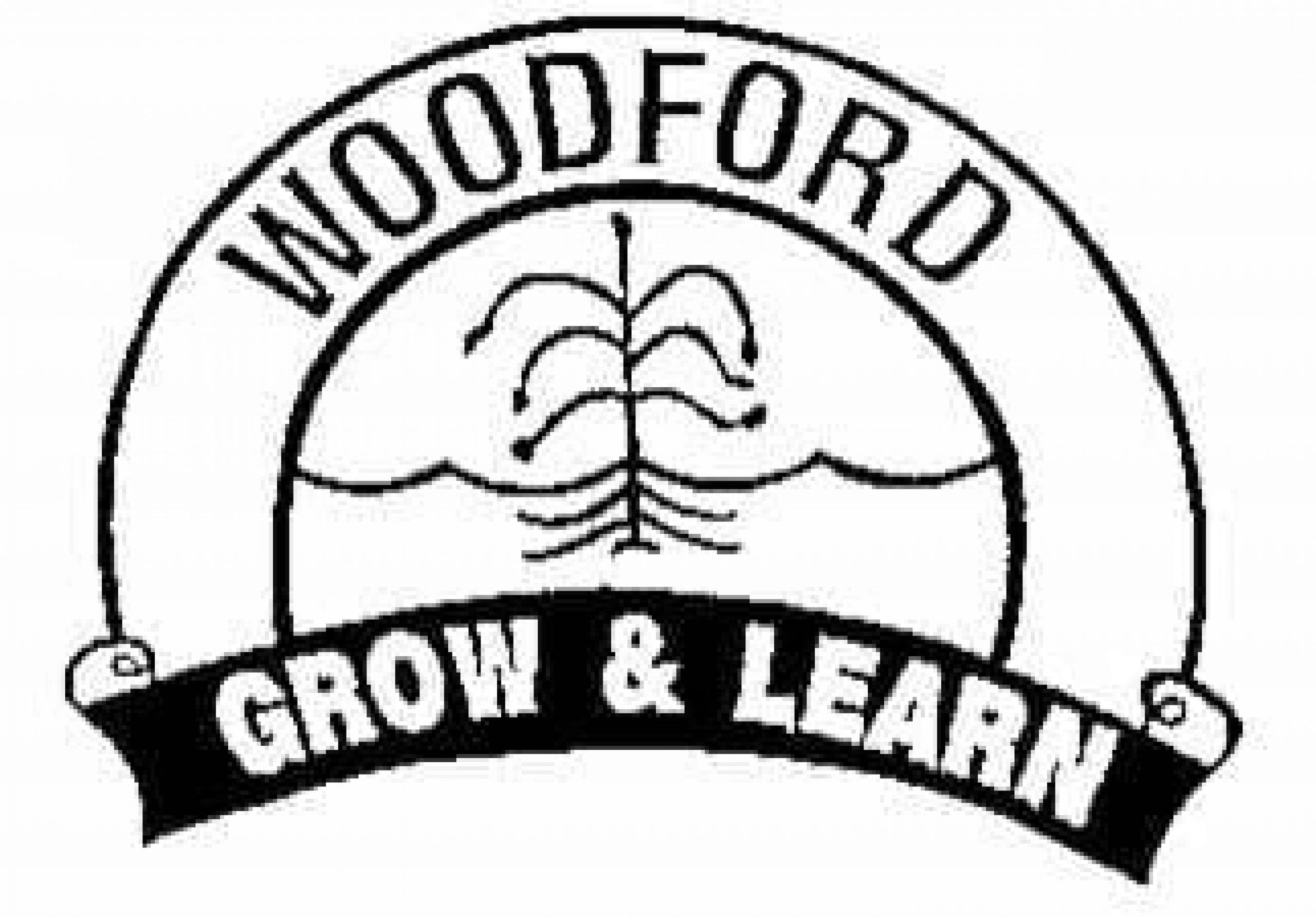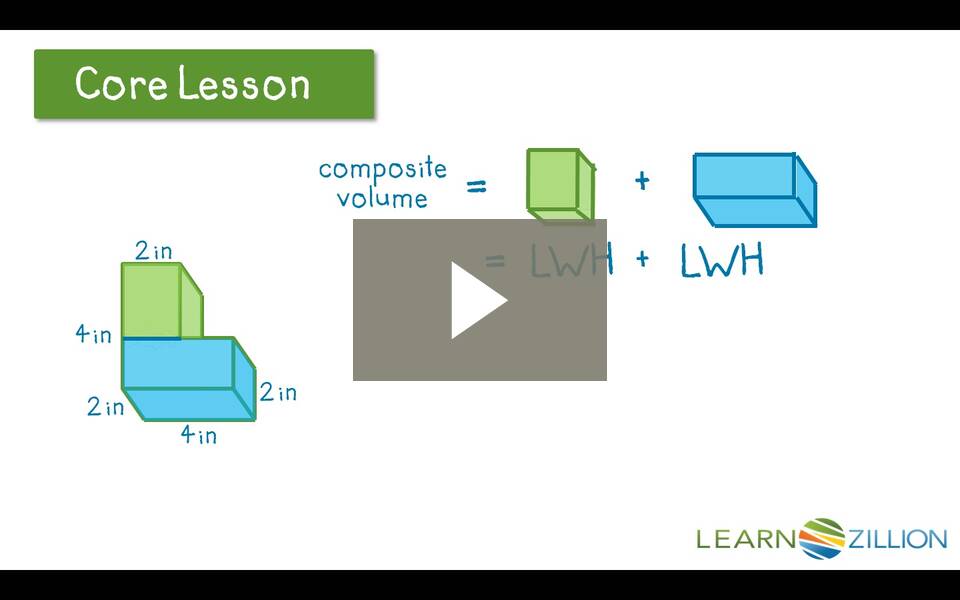



Learning Intention = We are learning to practice inferences by thinking about popular & well known fictional character, by combining ‘what I already know’ (prior knowledge) & clues that I have seen or read in text (text evidence)
Success Criteria = I can think about popular characters and make inferences about details I do not know about them, such as, eg: what might be in their pockets, backpack, fridge & car boot. I also understand that inferences can sometimes be called ‘educated guesses’, and that I cannot always check their accuracy.
Today you will be thinking about popular fictional characters and making inferences about them. This means you will be combining your prior knowledge and clues you already know about them, to create an ‘educated guess’ (inference).
Have you ever thought about what their favourite TV show might be? Or if they could have a pet – what would they pick?
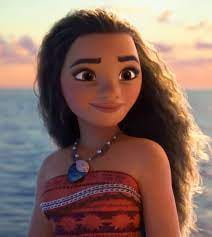
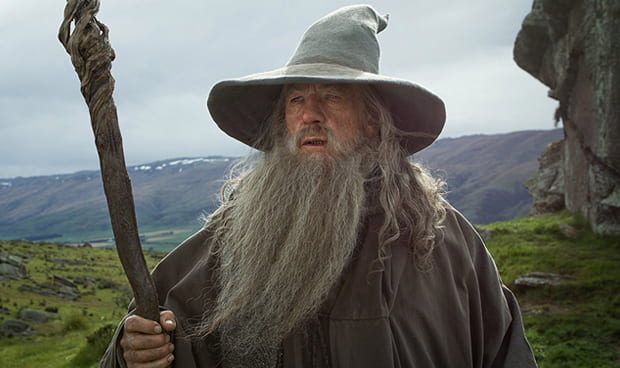
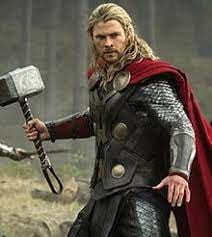
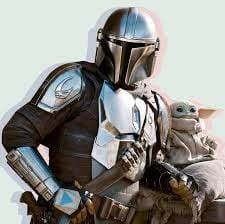
Please watch the video before starting the activity today
Activity: Making Inferences about popular characters
#1 – Make some Inferences about the popular characters on the activity grid. Some of these fictional characters should be familiar to you…
#2 – You can print this proforma using the link below or complete it in your homework book. The choice is up to you.
#3 – Send it to your teacher.
Popular Character Inferences worksheet
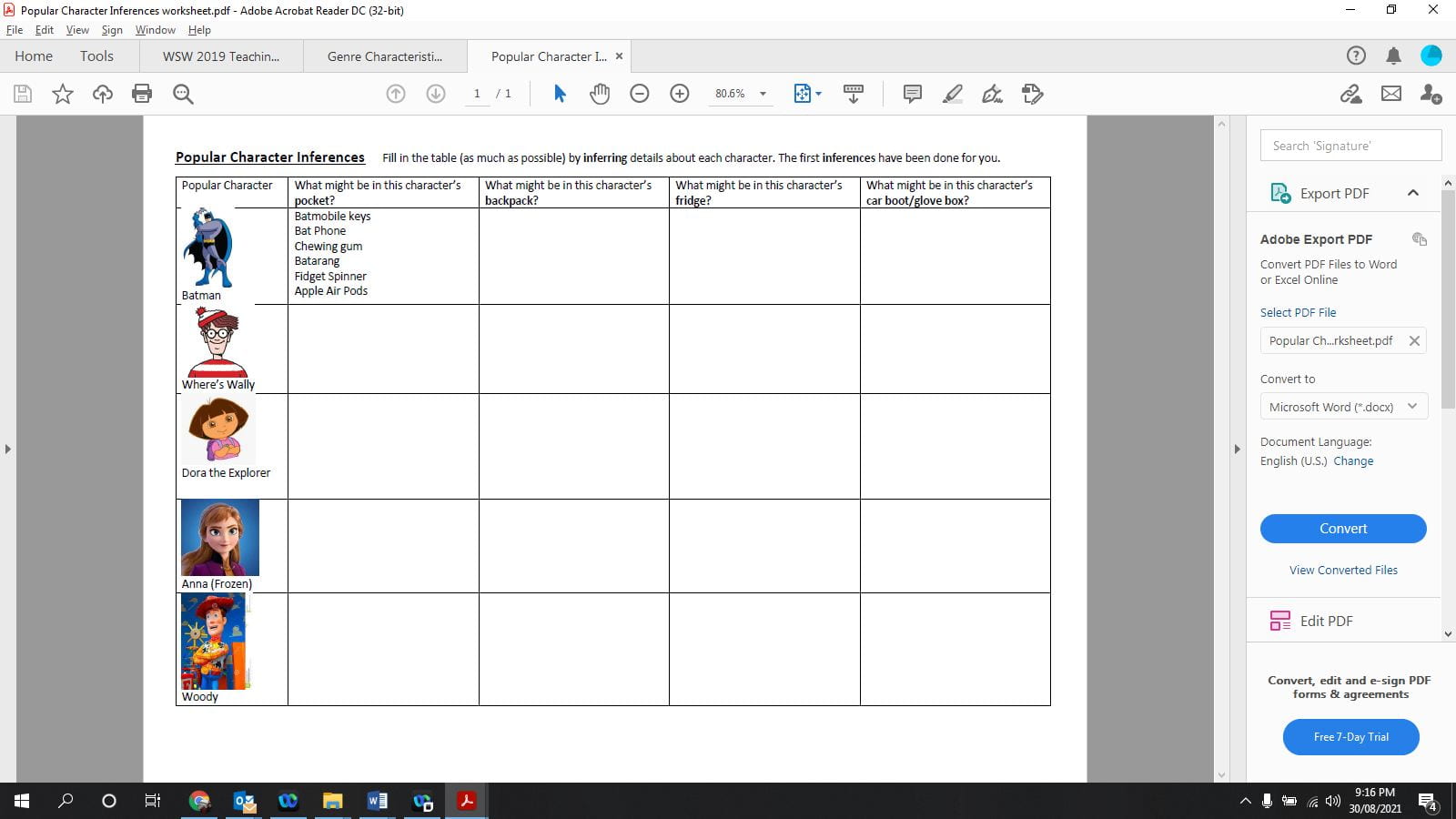

 Find the definition of your 8 spelling words. You can use a dictionary at home or an online dictionary. Make sure you write down is your word a NOUN, VERB or ADJECTIVE.
Find the definition of your 8 spelling words. You can use a dictionary at home or an online dictionary. Make sure you write down is your word a NOUN, VERB or ADJECTIVE.
Learning Intention:
We are learning to edit our writing.
We can:
- Use a checklist to edit our writing.
- Make improvements to our writing during the editing process
- Present our work to our teacher with no errors in capital letter/full stops or spelling.
- Present our work to the teacher in one piece.
Today’s Activity: Use the following editing checklist to edit your persuasive writing. Use a different colour pen or font to demonstrate to your teacher where you have edited your work. Hint: Use red to correct spelling and punctuation and use green to correct meaning, language feature or synonyms.

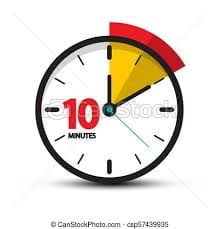

Practice your Counting Goal for 5-10 minutes first – to warm up the brain!
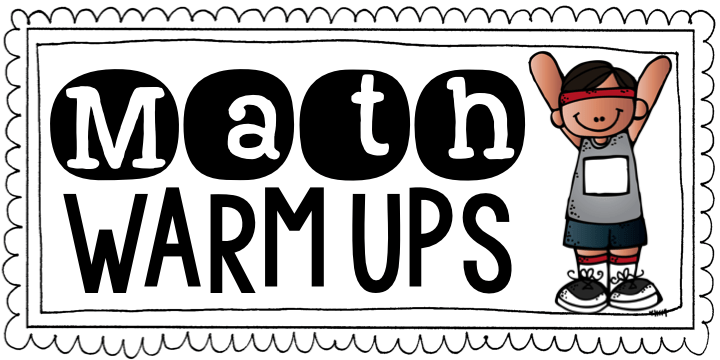
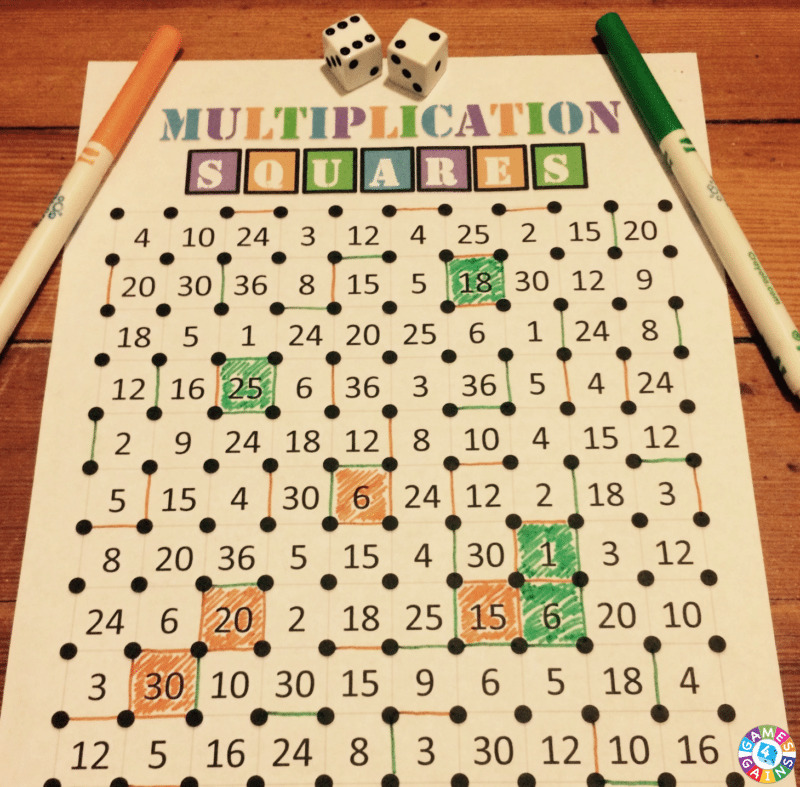
You will need a partner to play this game, or play on your own and see how many squares you can make each day. All you need for this game is two dice, the downloadable game board (If you can’t print, use the game board posted on Seesaw or draw the grid in your Homework book), and two pens of different colors. One player rolls both dice, multiplies the two numbers together, then looks for the product on the board. The student then draws a line to connect any two dots that form part of the square around that product. The game continues until the board is filled with squares. Click here for a computerised dice roll if you haven’t got a dice at home.
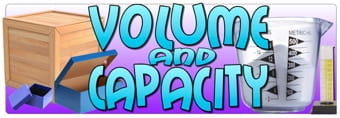
Learning Intention:
We are learning to calculate the volume and capacity of prisms using familiar metric units.
Success Criteria:
- I understand the difference between volume and capicity.
- I can calculate the volume of a prism using the formula Volume = Length (l) x Width (w) x Height (h)
Use the formula V = Length (l) x Width (w) x Height (h) to calculate the volume of a rectangular or square prism.
PLEASE WATCH THIS VIDEO BEFORE CONTINUING!!

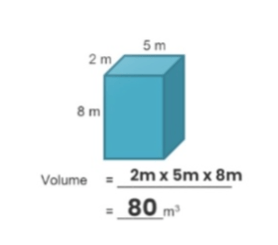
Groups 1 & 2 task: Volume
Now that you have watched the video and read through the examples above, use the formula (V = l x w x h) to work out the following questions on your worksheet. Remember to show all working out on your sheet or in your Homework book.
Click here: Group 1 & 2 Volume of Rectangular Prisms Worksheet
Group 3 Task – Additive Volume
Click here to watch the above video: Recognise that volume is additive by finding the volume of a 3D figure composed of two rectangular prisms
Now that you have watched the above video, calculate the volume of each rectangular prism and add them together to find the total volume of the irregular shape. The answers are attached to this sheet, but please provide all working out with your answers so your teacher can see how you arrived at the correct answer.
Click here to print Group 3 Worksheet- Additive Volume

Challenge: Build the tallest freestanding structure possible using only one deck of cards. No other materials (glue, tape, etc.) may be used to build your structure.
>> You can use playing cards, uno, monopoly change cards, trading cards.
- Can you make a structure taller than you?
- Challenge a family member or classmate to build a taller one than you
Check out this video of the world’s best card stacker for some ideas:
Don’t have playing cards or uno cards, check out this video on how to make towers out of paper or paper card:
